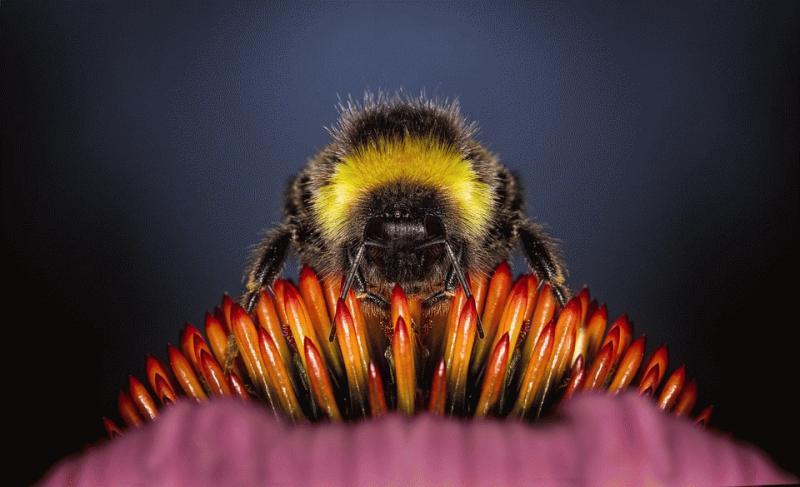Antonio Manaytay – Fourth Estate Contributor
Nottingham, United Kingdom (4E) – Overlooked and untapped, yet insects could be the way to achieve a more sustainable supply of food and feed in the face of burgeoning global population and dwindling resources.
In a paper, published in Nutrition Bulletin, the researchers said insects are rich sources of high-level animal protein and micronutrients which environmental footprints are lower than other alternatives because they can be raised practically on leftovers.
“Insects present a nutritional opportunity, but it is unclear how their nutritional quality is influenced by what they are fed,” Daria Dobermann, a doctoral researcher in entomophagy at the University of Nottingham and Rothamsted Research, said.
These diminutive creatures have less “environmental impact than more traditional Western forms of animal protein.”
The challenge, according to Dobermann, is how to increase “insect production while maintaining these environmental benefits.”
“Studies overall show that insects could make valuable economic and nutritional contributions to the food or feed systems,” she said.
At present, however, regulations are not clear in order “to bring insects into such supply systems without them turning into a more expensive version of poultry for food, or soya for feed.”
Over 2000 species of insects are among the food sources of more than 100 countries. About half of dietary protein in central Africa comes from insects. The insects are eaten as raw, fried, boiled, roasted or ground food.
Aside from cultural, social, and economic barriers, insects’ size and quantity are among the considerations to make catching or finding them worthwhile.
Edible species include the following: beetles (31 percent); caterpillars (18 percent); bees, wasps, and ants (14 percent); grasshoppers, locusts, and crickets (13 percent); cicadas, leafhoppers, planthoppers, scale insects, and true bugs (10 percent); termites (3 percent); dragonflies (3 percent); and flies (2 percent).
Article – All Rights Reserved.
Provided by FeedSyndicate





















